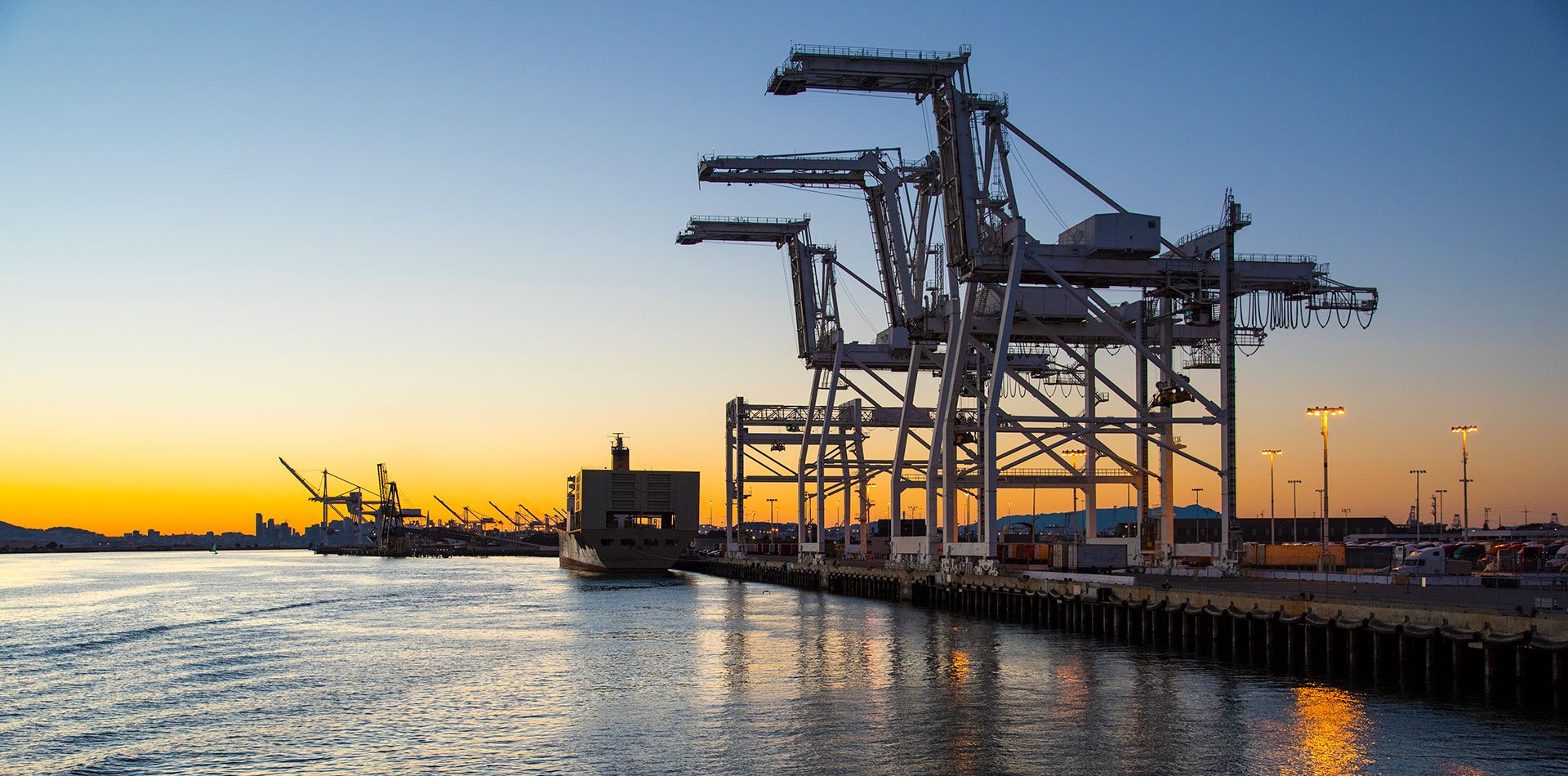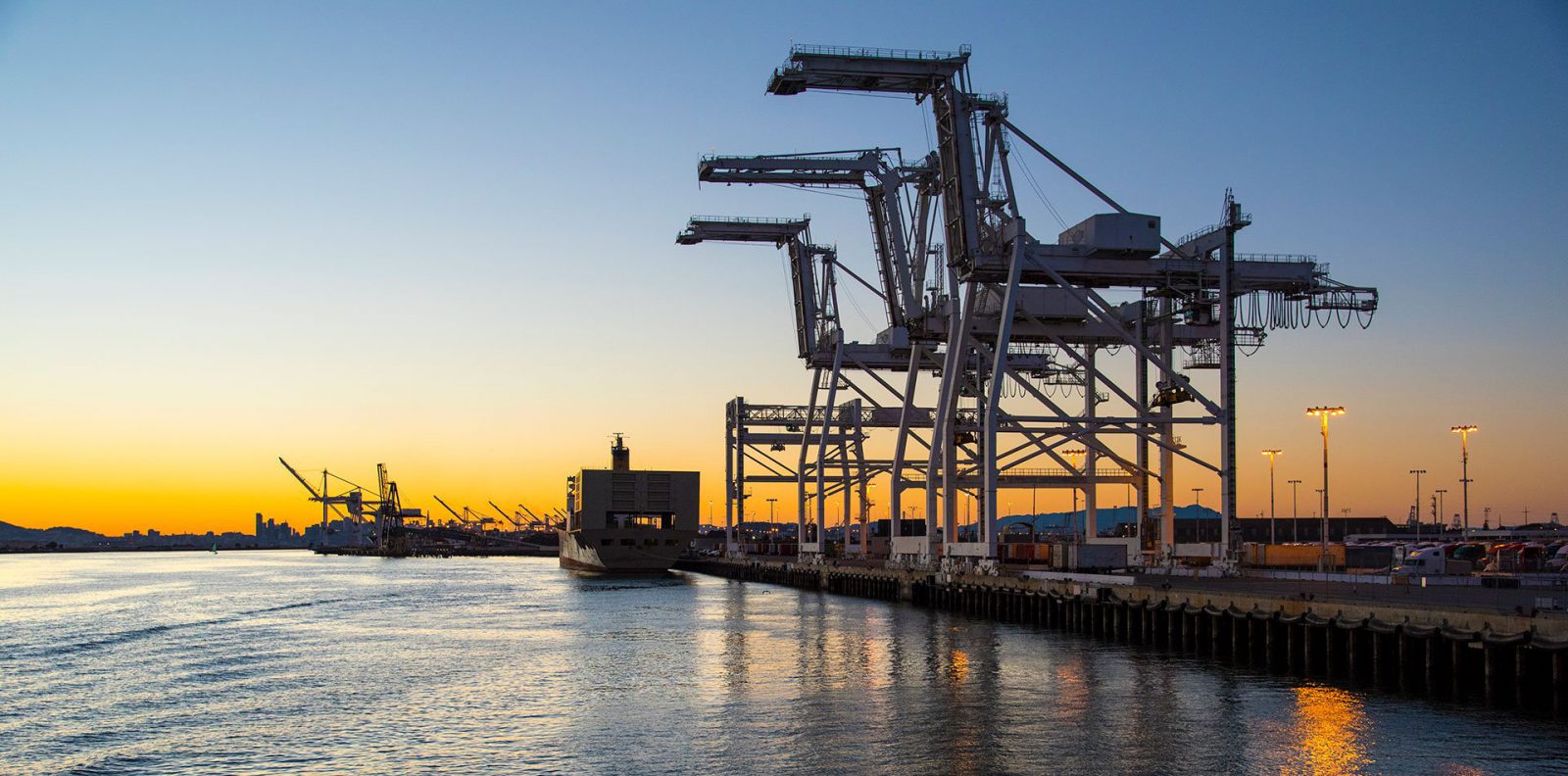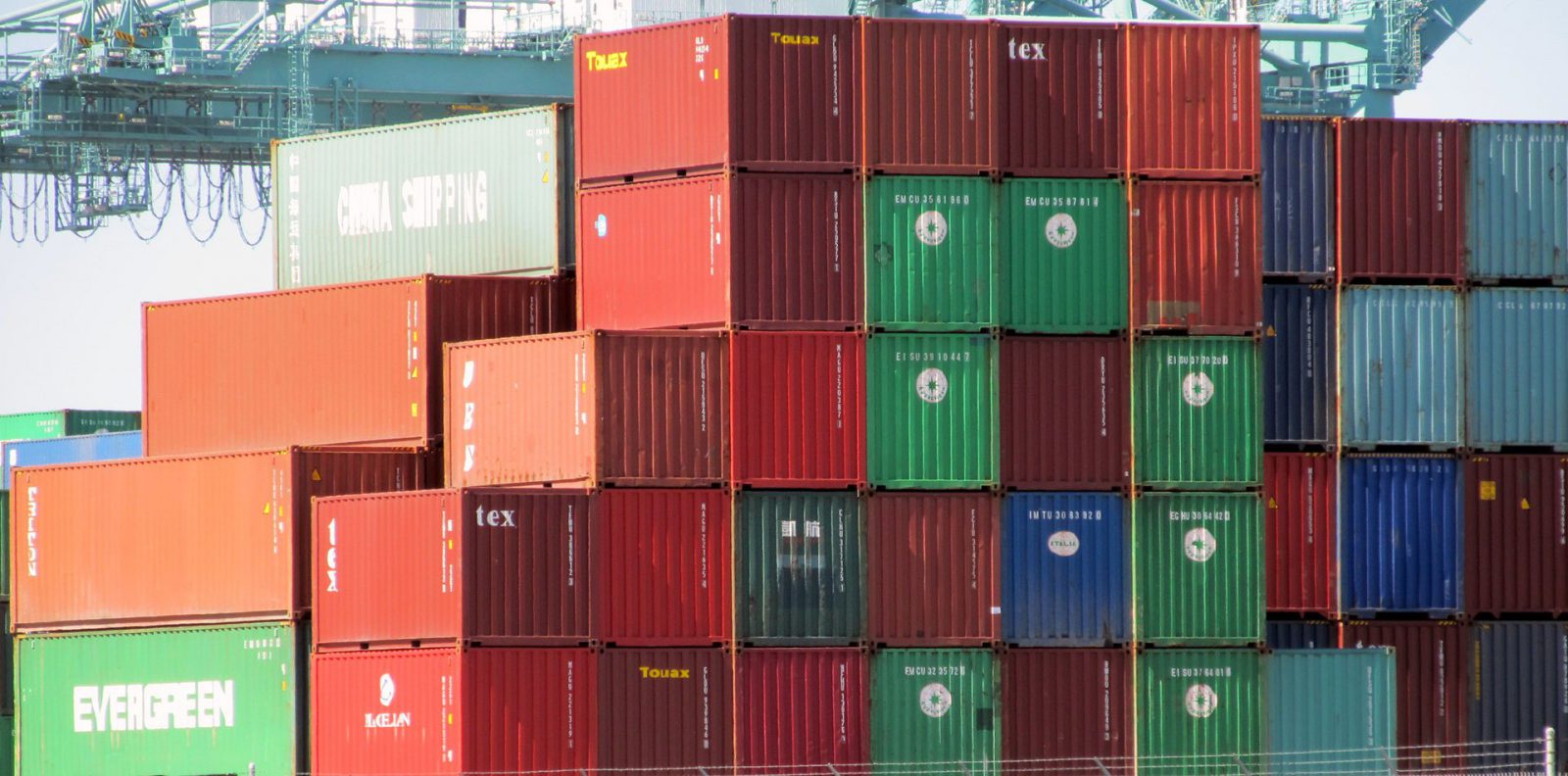New air quality regulations are now being implemented that will have major impacts on how ports and shipping companies do business in California. This includes an existing air toxics control measure that has milestone requirements that are currently in play and a new regulation with a proposed expansion of emissions reductions at ports. Both the 2020 requirements of the existing regulation and the proposed new regulation are summarized in this blog post.
CARB’s 2007 Airborne Toxic Control Measure for Auxiliary Diesel Engines Operated on Ocean-Going Vessels At-Berth in a California Port (At-Berth Regulation)
This initial regulation affecting at-berth vessels has ramped up to full implementation this year. It was approved by the California Air Resources Board (CARB) in 2007 with a series of milestone requirements to be phased in over time. This regulation was designed to reduce air pollutant emissions from diesel auxiliary engines used in ocean-going vessels. The At-Berth Regulation applies to fleets of refrigeration (reefer) vessels that make 25 visits or more, as well as fleets of cruise vessels that make 5 or more visits, per calendar year to the ports of: Los Angeles, Long Beach, Oakland, San Diego, San Francisco, and Hueneme.
Vessels at-berth use auxiliary engines to power lighting, ventilation, pumps, communication, heating, and other onboard equipment. Fleets have two options for compliance with the At-Berth Regulation: (1) reduced on-board power generation, or (2) equivalent emissions reduction.
The reduced on-board power generation option required fleets to reduce the hours they operated onboard auxiliary engines sufficient to achieve a reduction of 50 percent of baseline power generation for annual fleet visits starting January 1, 2014. On January 1, 2017, the requirement increased to 70 percent reduction, and on January 1, 2020, the requirement increased to 80 percent reduction of auxiliary engine power from the original baseline. The 2020 requirement is considered full implementation of the regulation.
The second option, equivalent emissions reduction, allows fleets to comply with the At-Berth Regulation through the use of shore power or a CARB-approved alternative control technology. This option has similar energy-reduction requirements as the reduced on-board power compliance option, requiring a 50 percent energy reduction by 2014, a 70 percent reduction by 2017, and an 80 percent reduction in energy use by full implementation of the At-Berth Regulation in 2020 (CARB 2019a).
CARB’s Proposed Control Measure for Ocean-Going Vessels At-Berth
A proposed regulation, potentially taking effect on January 1, 2021, could further impact ocean-going vessels at-berth requiring further emissions reduction. The regulatory goal is to further reduce emissions of reactive organic gases (ROG), greenhouse gases (GHGs), and black carbon as required by the State Implementation Plan (SIP).
This new regulation would broaden the scope of the 2007 At-Berth Regulation by expanding responsibility for emissions reductions and requirements to include additional ports and fleets. While the existing regulation applies only to fleets of reefer vessels and passenger vessels making a specified number of visits to a California port, the new regulation would eventually apply to all fleets of container and refrigerated cargo vessels, passenger vessels, roll-on roll-off vessels (ro-ros), and tanker vessels. The proposed regulation also includes emissions reduction requirements for tanker auxiliary boilers on tanker vessels with steam-driven pumps.
Further, where the existing regulation requires a percentage of emissions reductions on regulated vessels, the new regulation would provide emission rates that must be achieved through CARB-approved emission control strategies. The existing regulation is also only applicable to owners and operators of vessels that visit California ports, while the proposed regulation would require owners and operators of ports and terminals to bear the burden of compliance. Facilities (e.g., ports) with CARB-approved emission control strategies would be required to include subcontractor services and agreements and fulfill reporting requirements.
Terminal operators that receive compatible shore power vessels would be responsible for commissioning and powering vessels equipped with compatible shore power. Operators that do not have adequate shore power would be responsible for arranging a CARB-approved emission control strategy. If vessels are equipped with an on-board control strategy, terminal operators would be responsible for confirming that the equipment would be used during the vessel’s visit.
What Does This Mean to California Ports?
Port operators would be required to provide substantial new equipment and infrastructure, including underground conduit, cabling, ducting, and shore power vaults that may be necessary for terminals to comply with the proposed regulation (CARB 2019b). Additionally, owners and operators of ports and terminals would be required to submit plans to CARB for approval of the emissions reduction strategies to be made available to vessels docking at the terminal, provide necessary emission control infrastructure, and fulfill CARB reporting requirements (CARB 2019c).
These requirements would certainly have fiscal impacts on emission control strategy operators and California ports, including the ports of: Los Angeles, Long Beach, San Diego, Hueneme, San Francisco, Oakland, Stockton, and Richmond. If these costs are not absorbed by the ports themselves, it is likely that these costs would be passed on to port tenants and vessel operators.
Ports and shipping companies must be prepared to implement fuel efficiency and emissions reduction strategies as well as compliance management programs to comply with the new requirements to remain active in the California shipping market. If you have questions or would like to discuss your implementation strategy, please contact Northern California Air Quality Director Chris Easter. ESA has the expertise to provide emissions management solutions to these new challenges.
References
California Air Resources Board (CARB), 2019a. Shore Power for Ocean-Going Vessels. October 29, 2019. Available at: https://ww3.arb.ca.gov/ports/shorepower/shorepower.htm. Accessed on January 14, 2020.
California Air Resources Board (CARB), 2019b. Staff Report: Initial Statement of Reasons (ISOR), Appendix A: Proposed Regulation Order. Available at: https://ww2.arb.ca.gov/rulemaking/2019/ogvatberth2019. Accessed February 19, 2020.
California Air Resources Board (CARB), 2019c. Public Hearing to Consider the Proposed Control Measure for Ocean-Going Vessels at Berth, Staff Report: Initial Statement of Reasons; Appendix A: Proposed Regulation Order, December 9, 2019. Available at: https://ww3.arb.ca.gov/regact/2019/ogvatberth2019/appa.pdf. Accessed on January 14, 2020.







